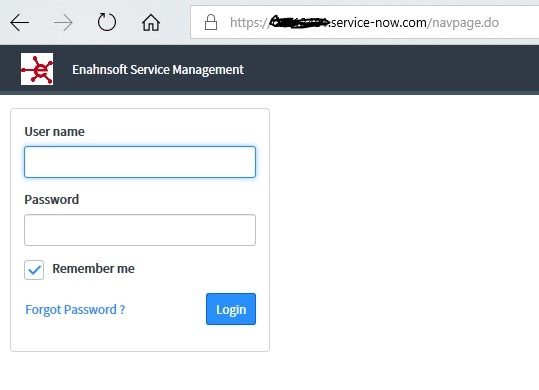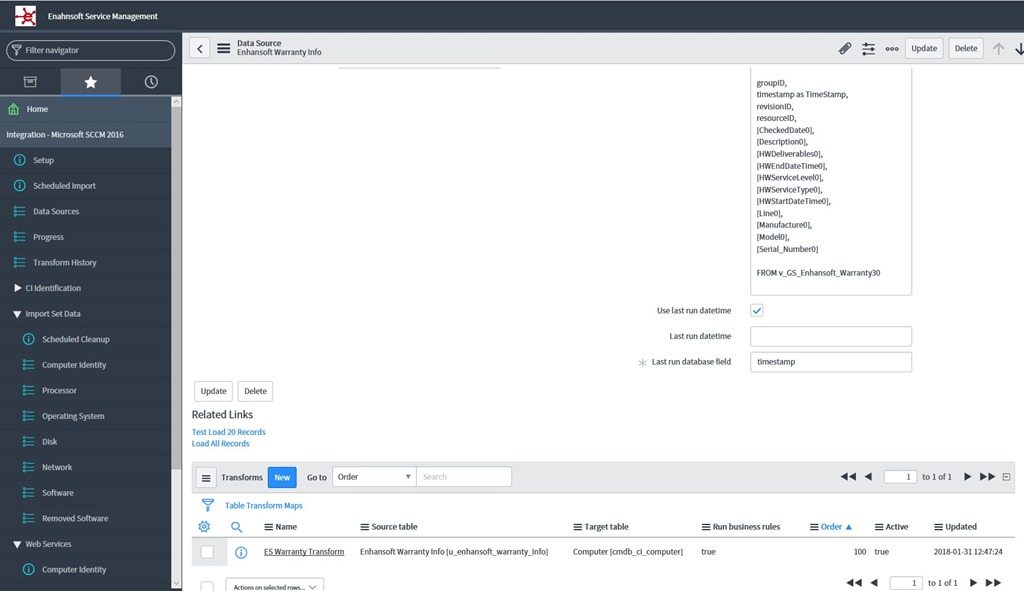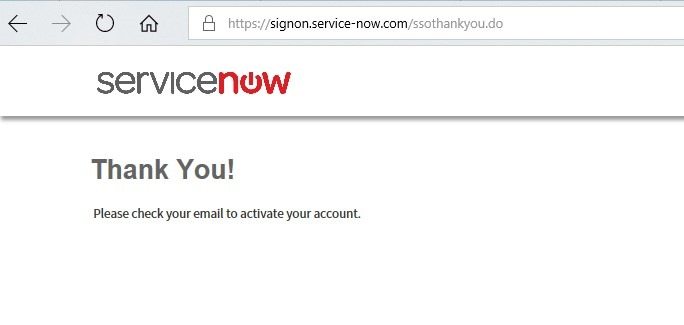

For this reason, the first steps should always be to ensure that there are no issues with the data platforms with which PowerFlow is talking. There is never a situation where the request will fail because of a missing relationship in App Broker, as long as there is a single user in Imported Users with a matching email address and there is a valid SCCM client device in Imported Computers with a matching computer name.PowerFlow acts as a middle server between data platforms. If the computer does not show up in App Broker Imported Computers, or if the device is not showing as a managed client in SCCM, then the data validation in ServiceNow will fail with an error about "Deployment Technology: 0". Again, if the device exists in SCCM and appears as a managed client in SCCM, it should flow through to App Broker (via the nightly computer data sync) and show up in Imported Computers. Next, the data validation checks to see if the selected device is a valid deployment target. If there are multiple users with the same email address, the request could fail, depending on which account is checked (indeterminate). If there is no user with that email address, the data validation will fail. If you look in App Broker at Imported Users, you should see the user with the matching email address. As long as the user exists in Active Directory with the same email address that's in ServiceNow, it should flow through SCCM AD User Discovery to App Broker (via the nightly user data sync). The data validation in the ServiceNow workflow starts by checking to see if the user is known to App Broker. That would not be why your requests would be failing.

If the relationships exist in ServiceNow, it doesn't matter if you have relationships in App Broker or not.

Again, relationships in App Broker don't matter when you're using ServiceNow as the front end.


 0 kommentar(er)
0 kommentar(er)
